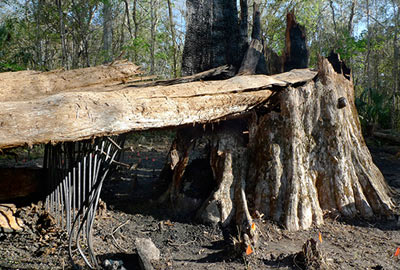|
Camille Seaman
|
|
|
The Last Iceberg Series 2006-2012 A series of portraits of disappearing Icebergs in the Antarctic, these photographs of Icebergs look very different than the iconic images we are familiar with: why? |
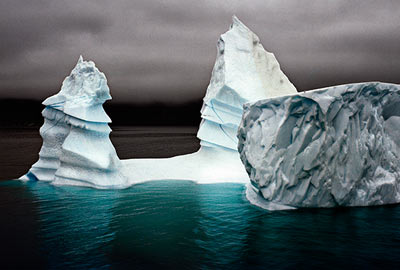 |
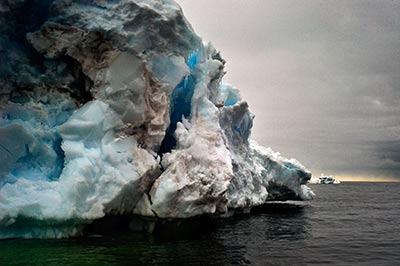 |
“I have to say I fell in love with being on a ship and breaking the ice—this whole environment…I felt the immensity of everything—just how small and insignificant we are and yet how miraculous.”
|
|
Allison Davies
|
|
|
Outerland 1998 For more than a decade, Davies has documented herself as the fictitious explorer of vast empty landscapes throughout the world. In the series of self-portraits, Davies’ gender is concealed in a HAZMAT suit. She employs strange tools to conduct “experiments” that often appear to result in failure. |
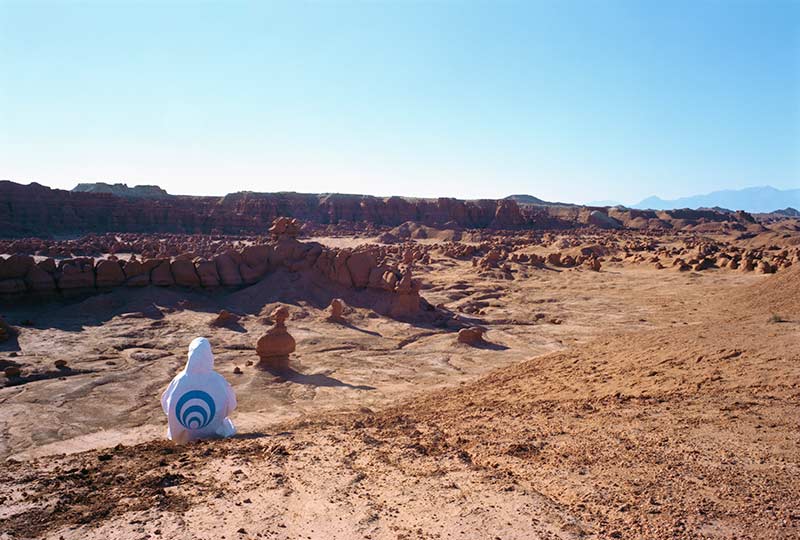 |
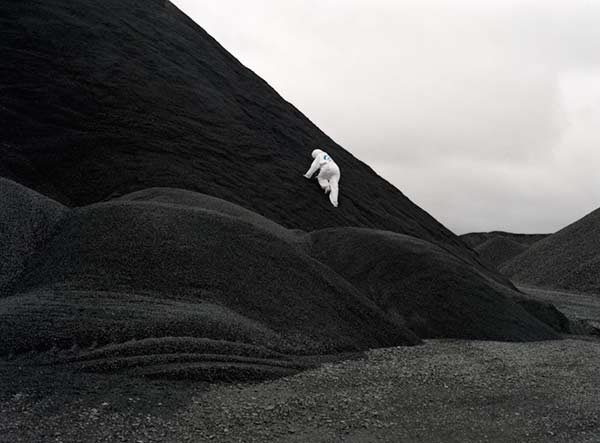 |
“I am drawn to locations that exist in a void— a powerful, uncomfortable void. Can I survive there? Does it matter if I can’t?”
|
|
Sarah Kanouse
|
|
|
America Ponds 2010 America Ponds is an alternative audio tour that takes place in the Crab Orchard National Wildlife Refuge in Southern Illinois. The “interpretive” tour presents the complex history a former military site that is now defined by the government as a natural landscape. |
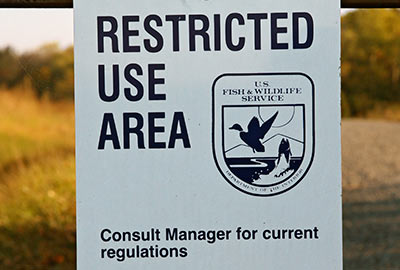 |
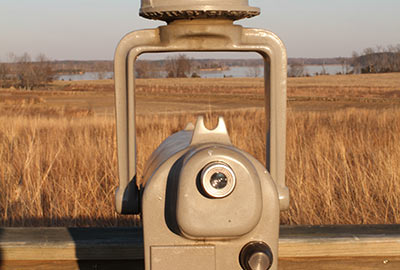 |
“Originally we got interested in Crab Orchard after hearing stuff about it and we began poking around. We showed it to some out of town friends. We got stopped for taking pictures. We got visited by the FBI. That experience opened up this rabbit hole of looking into this space a lot more rigorously.”
|
|
Cynthia Hooper
|
|
|
Anthropogenic Aquascapes 2009-2010 Anthropogenic Aquascapes is a series of videos about complex water delivery systems that visually represent the history of cooperative ownership of land and resources. “Jefferson’s Monuments” is a video of the controversial dams along the Klamath River. |
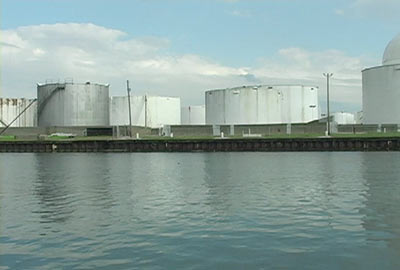 |
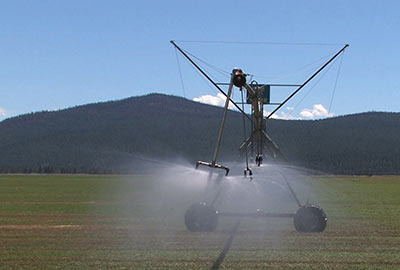 |
“It is really exciting for me to navigate spaces that are generally overlooked and challenging to access.”
|
|
Smudge Studio (Elizabeth Ellsworth and Jamie Kruse)
|
|
|
Marking Deep Time Studio: Marking Deep Time Studio, Signage for Sites of U.S. Underground Nuclear Test Sites proposes to collaborate with the Office of Legacy Management to (re) design and (re) install markers at nuclear test sites, many of which are on public land and adjacent to or within National Forests—spaces commonly misperceived as unmanaged “wilderness.” |
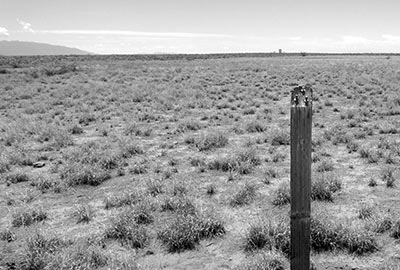 |
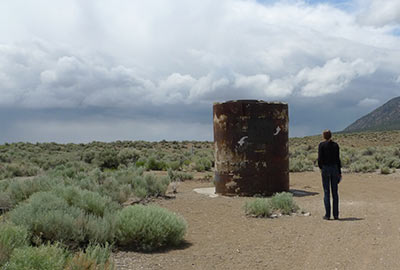 |
“It was impossible to drive more than a half an hour in these landscapes and not encounter some Cold War legacy landscape, and not only were they everywhere, they were huge—they were the size of Rhode Island.”
|
|
Amy Balkin
|
|
|
This is the Public Domain 2003 This Is the Public Domain is a web-based endeavor launched by artist Amy Balkin, who bought a piece of land 125 miles from Los Angeles near Mohave. |
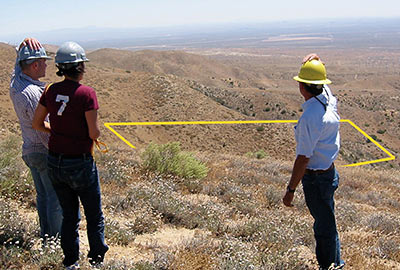 |
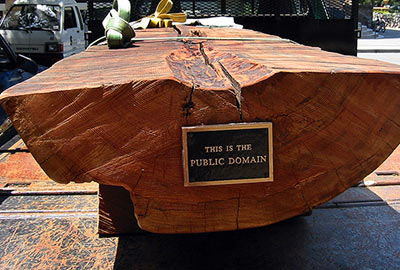 |
“The Internet was a good way for me to think about making something public—a secondary site, a way to create public access.”
|
|
Suné Woods
|
|
|
Bountiful Darkness 2011 Bountiful Darkness is a photographic project that reclaims a landscape where resistance and violence were plentiful. The project is an historical inquiry. What are the histories embedded in landscape? Do landscapes have memory? Can those memories be visually represented? Woods challenges American preconceptions about whose bodies “belong” in nature and counters the “common sense” notion of rural geography as simply empty space. |
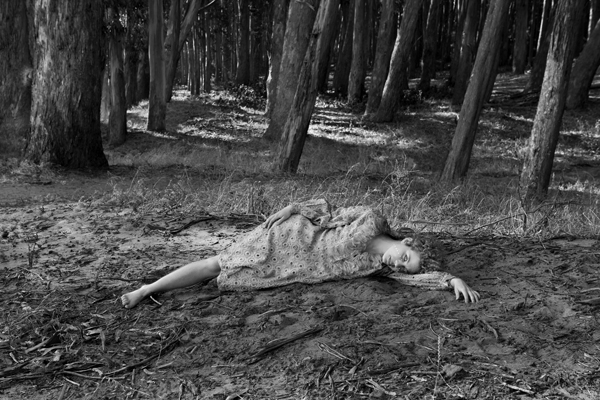 |
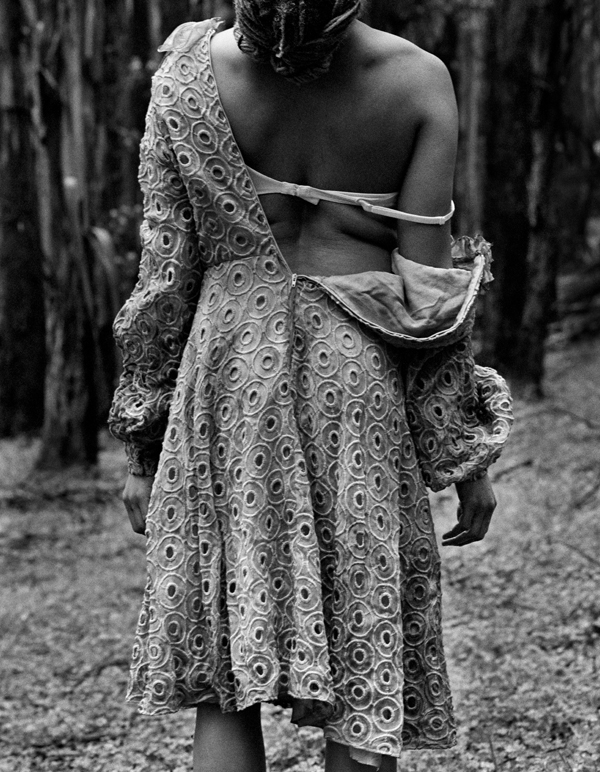 |
“What histories do we assume the body contains? Can a landscape hold a history—conjure stories?”
|
|
Linda K. Johnson
|
|
|
The View From Here In an ongoing performance that lasted three months, Johnson used her body as the conduit for a series of exchanges of ideas with people about the invisible yet expanding Urban Growth Boundary in Portland, Oregon. |
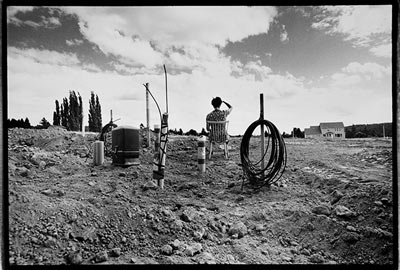 Photo © Erhan |
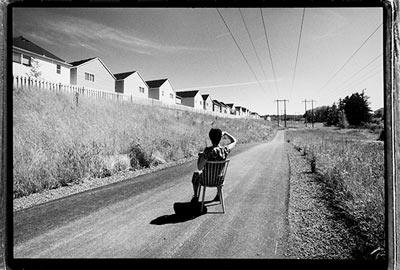 Photo © Erhan Photo © Erhan |
“I spent weeks asking Portlanders where the UGB was and what purpose it served. Literally no one I asked could tell me where ‘the line’ was located or what it was for.”
|
|
Christy Gast
|
|
|
Herbert Hoover Dyke 2010 Christy Gast tap-dances her way across a Florida dike in the video titled Herbert Hoover Dyke. Her mesmerizing performance is both an auditory and a visual experience. Gast communicates a longing for intimate connection not only with landscape but also with the manmade objects located within it. |
|
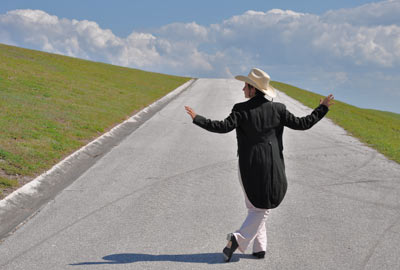 |
“I decided I wanted to do a project around that landscape and it was really an easy choice because it’s called Herbert Hoover Dike, which could either be a place—or a person.”
|
|
Amy Stein
|
|
|
Domesticated 2008 Domesticated takes place in a small town in Northeast Pennsylvania in which the narratives of animals and humans are deeply entwined in the local landscape. The photograph project explores romanticism, fear, and interrelations. |
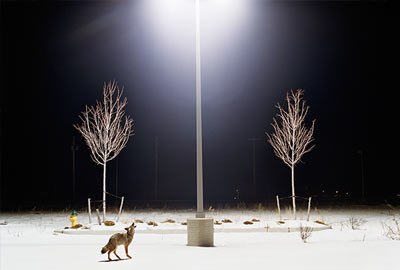 |
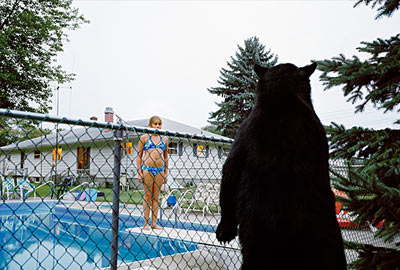 |
“I would leave New York, Spanish Harlem where we lived, and drive over the bridge into New Jersey and then into Pennsylvania, to this town where I really worked with the physicality of the landscape—the built environment—but what most interested me was where the natural area started at the very edges people’s backyards.”
|
|
MARIE LORENZ
|
|
|
Tide and Current taxi 2005 The Tide and Current taxi is a rowboat water taxi that is operated by artist Marie Lorenz in the New York Harbor and along the Brooklyn waterfront. |
|
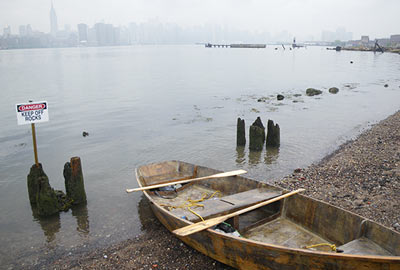 |
“The Tide and Current Taxi will continue to exist in almost the exact same way until I am unable to get in the boat. In 30 years the city will look different, the boat will look different, I will look different, and my passengers will look different— in 2045 we can compare what we looked like in 2005 and the project will be this amazing document.”
|


